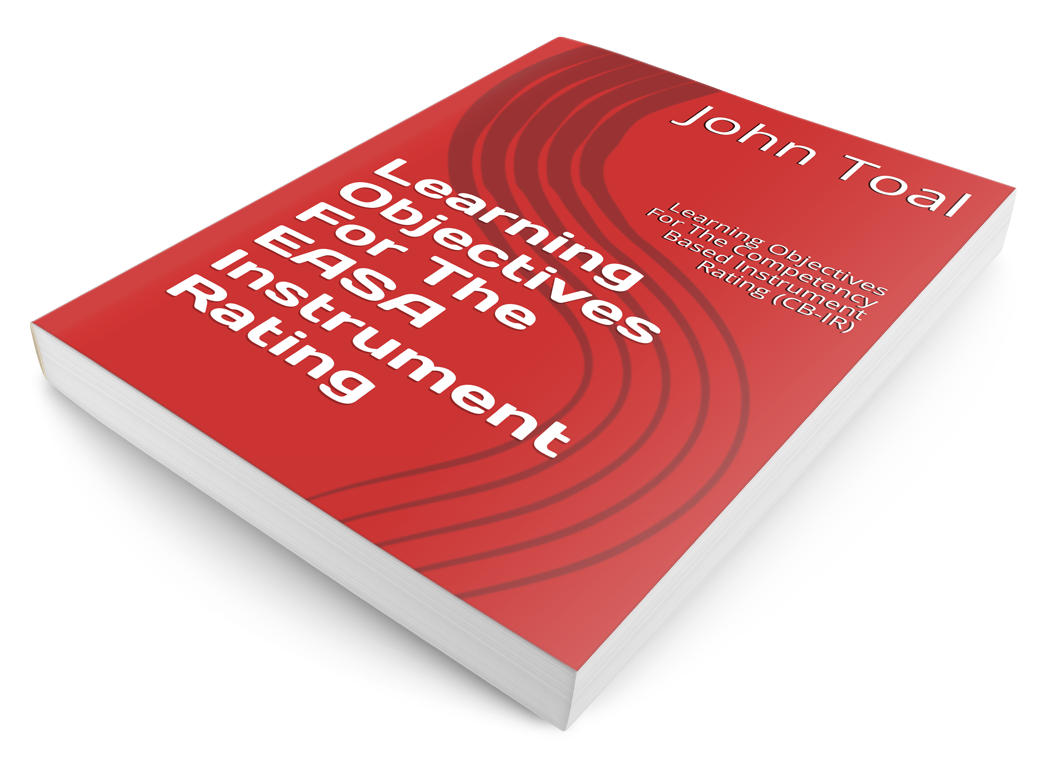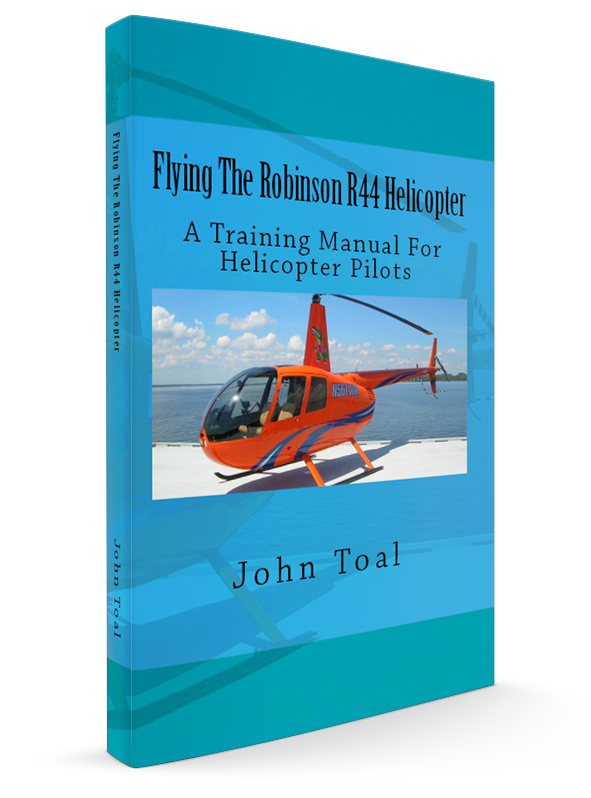Helicopter Preflight
(Reviewed on 6th February 2021)
Preparing For Flight
We all go out to our helicopter and complete our daily preflight inspection before flying. But what exactly does the preflight consist of? Is it just a matter of checking the mechanics of the helicopter? Of course this is a very important check but there are many more things to check and consider.
- Licence expiry date
- Medical expiry date
- LPC renewal date
- Aircraft documentation
- Location of helicopter
- Fuel
- Mass and balance
- Meteorological reports
- Fitness for flight
- Passenger brief
- Dangerous goods
- Airport layout and procedures
- Planning, ATC and route
- Performance
- Equipment
- Prior permission to land at destination
Some of the above items may seem obvious to you but I bet that you do not check all of them. I may even have missed a few. But let’s look at these in a little more detail.
Licence expiry date
Were you aware that your JAR licence has an expiry date? Take it out and have a look at it. It is not obvious but normally, on the second or third page, there will be an expiry date. Put this date in your calendar and set an alarm to remind you to renew it – no one else is going to do this for you. There will be no letters to remind you.
Your licence is only valid for five years. This is separate from your type rating.
Obviously you must not fly if it has expired.
Medical expiry date
Check the expiry date of your medical certificate. Do you have to wear corrective lenses? Do you have a second pair as stated on your medical certificate?
Again, program the expiry date into your calender with an alarm to remind you to renew it before it expires.
LPC renewal date
Check the date when your LPC is due for renewal for the type of aircraft you are flying. Use the calender again.
Aircraft documentation
Make sure the aircraft is airworthy. Check the following documents:
- Certificate of Registration (CoR) (no expiry date).
- Certificate of Airworthiness (CoA). This is being replaced by an Airworthiness Review Certificate
- Certificate of Release to Service (CRS). Check that the helicopter has not exceeded the hours and dates for required maintenance.
- Airworthiness Review Certificate (ARC). This is an ongoing, continuous airworthiness program certificate. Check the expiry date.
- Noise Certificate (no expiry date)
- Aircraft Station License (for radio equipment) (no expiry date).
- Third party liability insurance (check the expiry date).
- Mass and balance schedule
- Rules of interception. This is required by law in Ireland or when crossing an international FIR.
- Technical log for the aircraft. Make sure it is up to date and check to see if any defects have been reported.
- Pilot’s Operating Handbook (Flight Manual).
Location of helicopter
The location of the helicopter is relevant before taking off.
- Is it pointed into wind?
- Is there a risk of someone walking into the tail rotor? If so, reposition before starting.
- Check the proximity of buildings. Is there a risk of recirculation? Is anything projecting over the helicopter that may be a hazard after takeoff?
- Check for debris on the ground that may move from the down-wash and possibly circulate into the rotor disc.
- Check the proximity of other aircraft. Is your down wash going to cause damage?
- Are the skids frozen to the ground or stuck in mud?
Fuel
Dip the fuel tanks if possible. Make sure you know exactly how much fuel you have on board. Do not rely on the figure entered into the technical log by the previous pilot.
Do the fuel drains and check for contaminants.
Mass and balance
Perform the mass and balance calculations for your helicopter. Remember – if you are over the AUW or outside the centre of gravity limits, the aircraft is not insured and you may have handling difficulties.
Meteorological reports
It is a legal requirement in Ireland that the pilot checks the weather is suitable for the flight. This means that the weather at the departure, en-route and destination is suitable for the flight. It is much easier to cancel the flight on the ground than it is to cancel it after you have taken off.
Fitness for flight
Are you fit to fly? Consider the following:
- Are you taking medication?
- When is the last time you were drinking alcohol?
- Were you diving in the previous 24 hours?
- Has there been a death in the family?
- Have you recently had a row with a family member or friend?
- Are you suffering from an injury?
- Do you have a head cold?
You get the idea. If any of the above apply to you, consider doing something other than flying.
Passenger brief
Prepare a passenger brief. It is easy to think that safety items are obvious to everyone. Assume that they know nothing. Consider the following briefing points:
- Touching controls
- Seat belt operation
- Door operation
- Sunglasses and baseball cap
- Headphones and microphone. Intercom system. Pilot isolate switch.
- Cameras
- Motion sickness
- Tail rotor
- Egress after emergency landing
- Luggage space available
Dangerous goods
Are you familiar with dangerous goods? No? Then have a think about it. How many bottles of vodka can you carry before it becomes dangerous? Cigarette lighters? Hair straighteners. Batteries etc. All of these can be a hazard in the aircraft. I will write about this in detail in another article. However if you are in doubt, talk to someone and get advice.
Airport layout and procedures
Ensure you are familiar with the airports layout. Have a photocopy of the layout on your knee board for reference. Know the noise abatement procedures and circuit heights. Learn the Visual Reporting Points (VRP’s).
ATC and route
Have a list of the radio frequencies that you are going to need (for the whole route) in your knee board. Ensure that you have the correct frequencies tuned into the radio before you start up. If you are told to change frequency, do not wait 5 minutes to do so. Change to the frequency when told to do so otherwise you will forget and stress levels will increase.
Performance
Check the following:
- Vne for the altitude and weight required – doors off operation.
- Maximum Continuous Power (MCP)
- 5 Minute takeoff rating
- HIGE and HOGE performance for the weight and density altitude (if available)
Equipment
Are you familiar with all of the equipment on the helicopter? Do you know how to use the:
- Intercom system
- Emergency locator transmitter
- GPS
- Floatation equipment
Do you have:
- Charts for the area you are going to be flying in. 1:500,000, 1:250,000, 1:50,000
- Knee board
- Planning log – nav route, frequencies, fuel plan etc.
- Sunglasses
- Aircraft documentation
- Telephone
- Spare engine oil
- Batteries for your GPS or headset
- Emergency numbers – base, ATC etc.
Prior permission to land at destination
Do not land on someones property without permission. Prior permission is required and although verbal permission is sufficient, it is a simple matter to get this in writing. An email will suffice. Written permission is (in my opinion) essential when landing on private property.
Summary
Prior planning will make your flight much more stress free and therefore much more enjoyable. Your helicopter preflight is a vital part of your planning.
Accidents in aviation nearly always happen due to a chain of events. Each event on its own may seem negligible but may lead to more and more severe consequences. Take time to plan properly and you will be able to break the chain or even prevent the chain forming.
Flying is fun and when planned properly – it is also safe. Let’s help keep it that way.
Did you enjoy this post? Why not leave a comment below and continue the conversation, or subscribe to my feed and get articles like this delivered automatically to your feed reader.








Magnificent goods from you, man. I have understand your stuff previous to and you’re just too magnificent. I actually like what you’ve acquired here, really like what you are stating and the way in which you say it. You make it enjoyable and you still take care of to keep it smart. I cant wait to read much more from you. This is actually a terrific website.